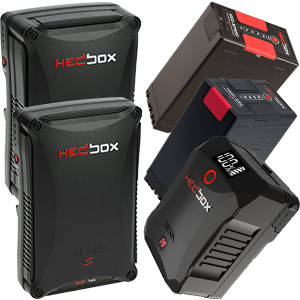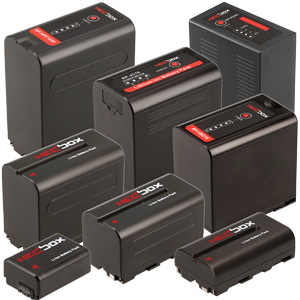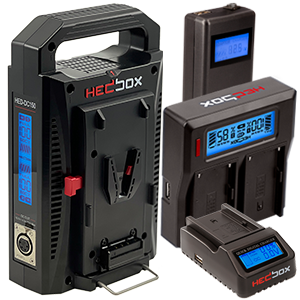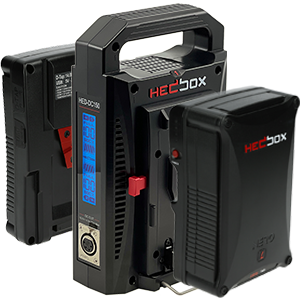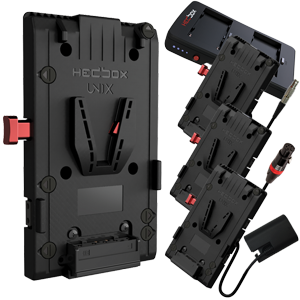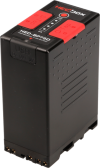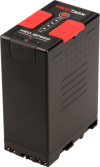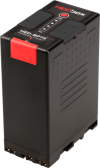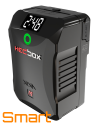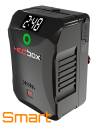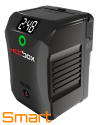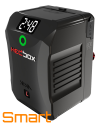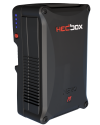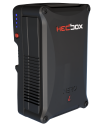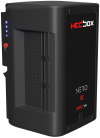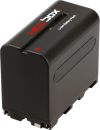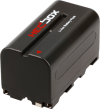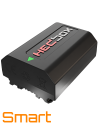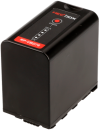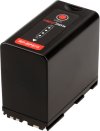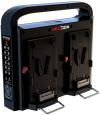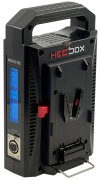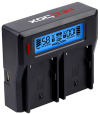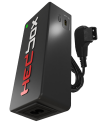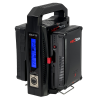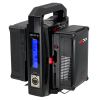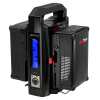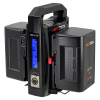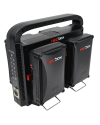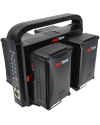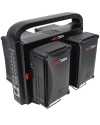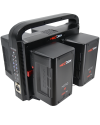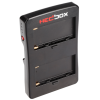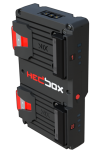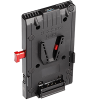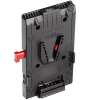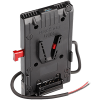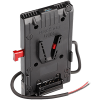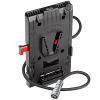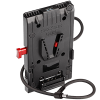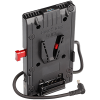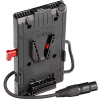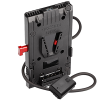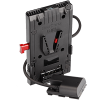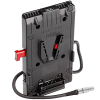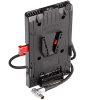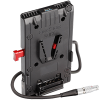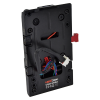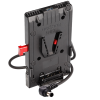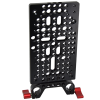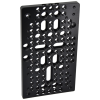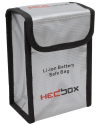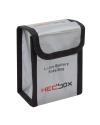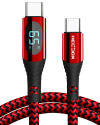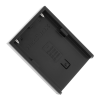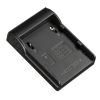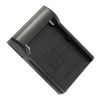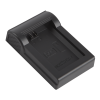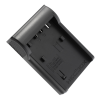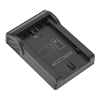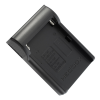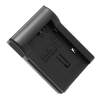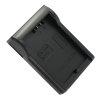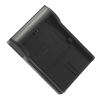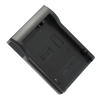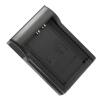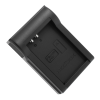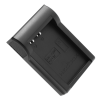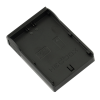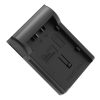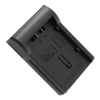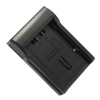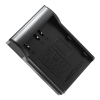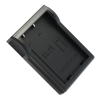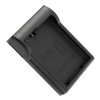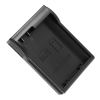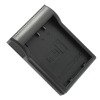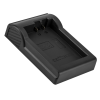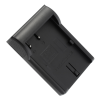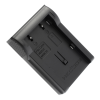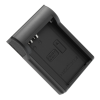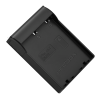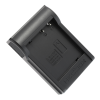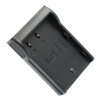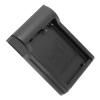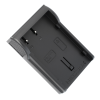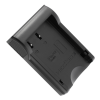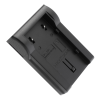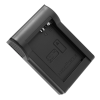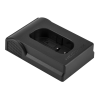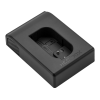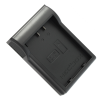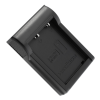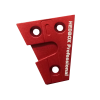Transportation by AIR
Want to bring HEDBOX Lithium-Ion Batteries with you on Passenger Aircraft?!
If you are traveling by aircraft and want to bring your Hedbox batteries with you, there are some air transportation rules that need to be followed. Certain batteries require the traveler to take special precautions to comply with safety regulations. As of April 1st of 2016, new rules for transportation of lithium-ion batteries based on ICAO/IATA 63th edition of IATA DGR go into effect. The latest rules affect how lithium-ion batteries are carried onboard passenger aircraft, as well as the way they are packed when transported by air.
Note: Our customers should be aware that they are at risk of having their Li-ion batteries confiscated at the airport check-in if they travel with no independent test of UN standards, or if they don’t follow the rules with regards to the battery’s Watt-hour rating. To avoid unpleasant situations at the airport, please check if your battery model is ON BOARD READY and
Please print a hard copy HEDBOX-BatteryModel-UN-MSDS 2022.pdf of the MSDS certificate, which you can download under the appropriate battery model download section.
We have prepared some information that will help you understand the conditions under which batteries are allowed to be carried onto passenger aircraft.

For more details, please go and visit the download section under the appropriate battery model that you have.
GENERAL AIR TRANSPORTATION rules in passenger aircraft
- Li-ion batteries sent as cargo on passenger aircraft as of April 1st, 2016 are totally forbidden.
- Spare Li-ion batteries must be transported in your carry-on luggage in a safe and protected area.
- An individual may take on board in their carry-on luggage, an unspecified number of Li-Ion batteries that have capacities of 100Wh or less. Please check with the AIR operator you travel with.
- Li-ion batteries that have capacities greater than 100Wh, but less than 160Wh, are restricted to 2 items per person in their carry-on luggage. For example, a crew of 4 people can share the allowance between them and take a total of 8 batteries (2 each) in this capacity range.
- Li-ion batteries that have capacities greater than 160Wh, like NERO-L, NERO-LX, or NERO-XL are not allowed to be boarded on passenger aircraft.
SAFETY MEASURE during boarding batteries on the plane
- Put tape over the contacts.
- Place each battery in a plastic anti-static bag.
- Pack batteries in your carry-on luggage in a safe and secure manner.
- Print a hard copy of HEDBOX-BatteryModel-UN-MSDS 2022.pdf certificate, which you can download under the appropriate battery model download section.
- Pay attention to the battery’s Watt-hour rating to suit the above-explained rules for board battery on passenger aircraft.
Good to know
What’s the ideal approach to maintaining a good battery life to the battery-health ratio?
Confused about this approach? Professionals say most battery packs use lithium-ion battery cells, which are different from older, nickel-based battery cells (nickel-based battery cells were susceptible to a bad memory effect not present in lithium-ion batteries). Even though charging them incorrectly can decrease their lifespan, most lithium batteries should last you a few years. But if you don’t use them properly or maintain them as advised, their lifespan will be decreased. Meaning that your battery will be unable to hold a charge, or unable to hold as big of a charge as quickly as it used to. So, to clear things up, here’s how to actually extend your battery’s health as much as possible:
- Recommend fully discharging your battery once a month to make sure this stays accurate.
- Keep it cool. Excess heat is not only bad for your processor but your battery as well.
- Don’t leave it fully charged. Similarly, lithium-ion batteries don’t need to be charged to 100%. In fact, they’d prefer not to be. The 40%-80% rule is a good guideline. If you need to charge it overnight, use the charger to stop it from charging after it is full.
- Perform shallow discharges. Discharges to 60% are better for your battery’s long-term life than small discharges to 90% or large discharges to 0% since the 60% discharges provide the best number of cycles-to-usage ratio.
Please keep the above-mentioned things in mind, and your battery will last longer.
Tips for extending the life of Battery Pack
Recently, we heard so many negative reports about battery pack explosions. Even though some of the accidents happened because of certain manufacturers producing and selling inferior products, this is not the only reason. Sometimes the irrational use of the battery packs is also a contributing reason for these accidents. How can we avoid these accidents happening in the future? First, you should choose a good quality battery, and then follow the next steps to help prevent battery accidents as well as extend the life of your battery.
- You should understand the range of the battery’s power input voltage, and make sure to charge your battery with the correct input voltage. Each battery has its specification of input and output voltage on its packaging. If your charging device output voltage is out of the scope of this, then try not charging your battery with this charger. To avoid this, and to charge your battery accordingly, please choose Hedbox chargers HED-DC55, RP-DC50, RP-DC45, and RP-DC30 with the appropriate battery plate found in the plate finder section on this web page.
- You should choose the right storage environment when the battery is stored away. The best environment should be cool and dry.
- You should use your battery frequently, and make sure to charge and discharge your battery once a week at least.
- Although it has good external packaging, the internal printed circuit board assembly and other components are still weak. Be careful when you pick it up and put it down. Moreover, knocking over the battery back is forbidden since it does not impact proof.
- Don’t put your battery close to high-temperature areas.
- Don’t use potent chemical reagents to clean the battery.
Keep these suggestions in mind, and stay away from inferior batteries. If you do these two things, you won’t have any problems with your batteries.
Need Support for Hedbox Products contacts us in Support Department.

